The interconnection between art markets and economics is a complex and fascinating subject (Klamer, 1997). Art markets are not isolated entities but rather deeply influenced by economic principles and mechanisms. The value of artworks, for instance, is subject to supply and demand dynamics, as well as factors such as the artists’ reputation, historical significance, and prevailing art trends. The buying and selling of art are driven by economic considerations, investment strategies, and the pursuit of cultural and social capital.
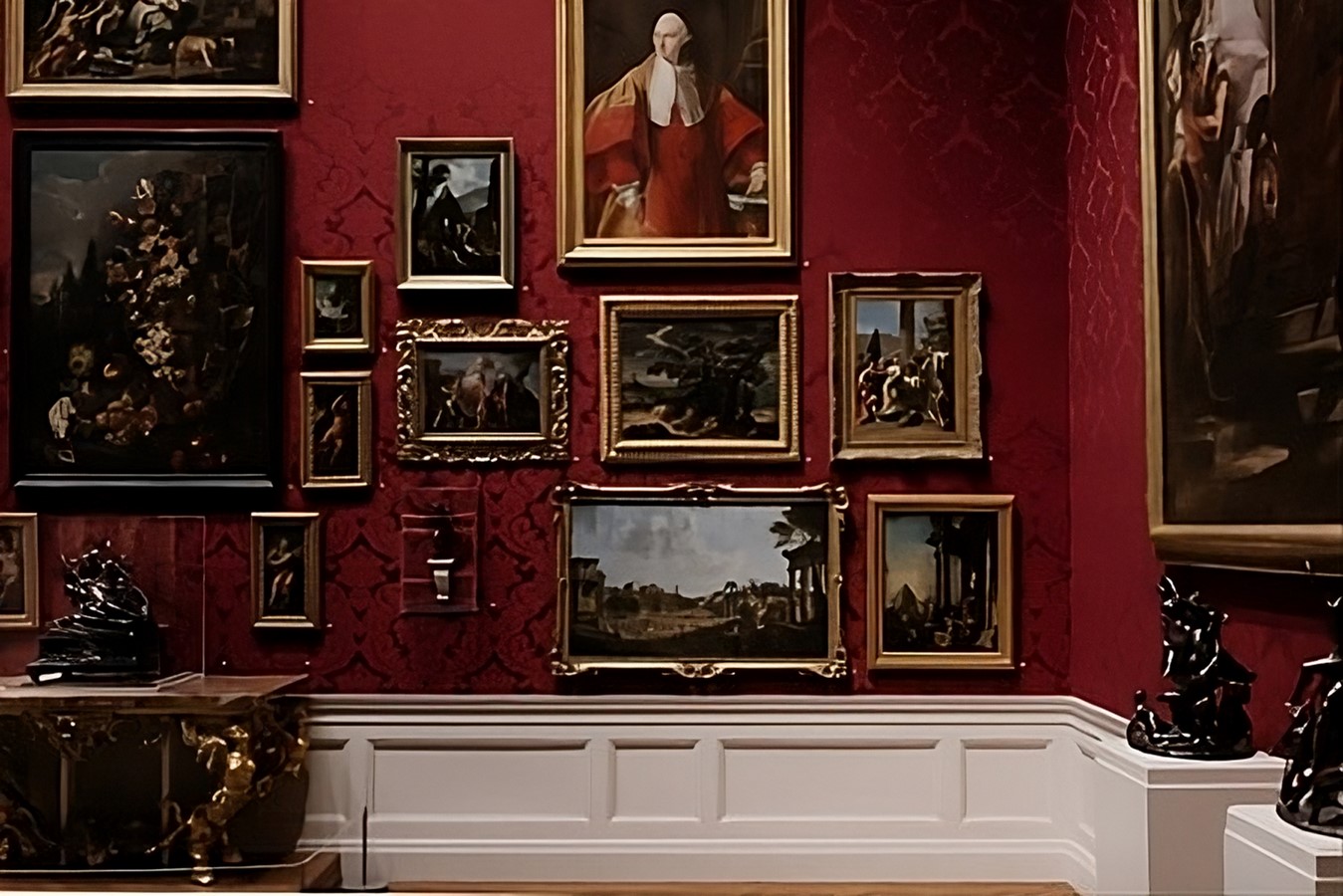
Galleries and auction houses play pivotal roles in shaping the art market (Klamer, 1997). Galleries act as intermediaries between artists and collectors, curating exhibitions and promoting artworks. They serve as crucial players in introducing new artists and shaping artistic tastes. On the other hand, auction houses provide a public platform for artworks to be sold, enabling price discovery and establishing benchmarks for the art market. Their competitive bidding environment can drive prices to unprecedented levels and create media sensations.
The transformation of art markets in recent decades has been nothing short of astounding (Spieth, n.d). The exponential rise in record-breaking prices for artworks has captured public attention and heightened interest in the art market. The media’s fascination with astronomical figures achieved in art sales has brought the art market into the mainstream, making it a subject of public discourse and curiosity.
As the art market gained popularity, scholarly exploration into its workings intensified. Researchers have become increasingly interested in understanding the various facets of art markets and their influence on art history (Spieth, n.d). This exploration encompasses not only the economic aspects but also how the art market impacts artists’ careers, the creation and circulation of artworks, and the preservation of cultural heritage.
To fully comprehend the evolution of art markets, a comprehensive study of their history becomes essential. From humble beginnings in ancient civilizations, where art served religious and political functions, to the Renaissance period, which witnessed the emergence of a market for artworks driven by patrons and collectors, the development of art markets has been an intricate journey.
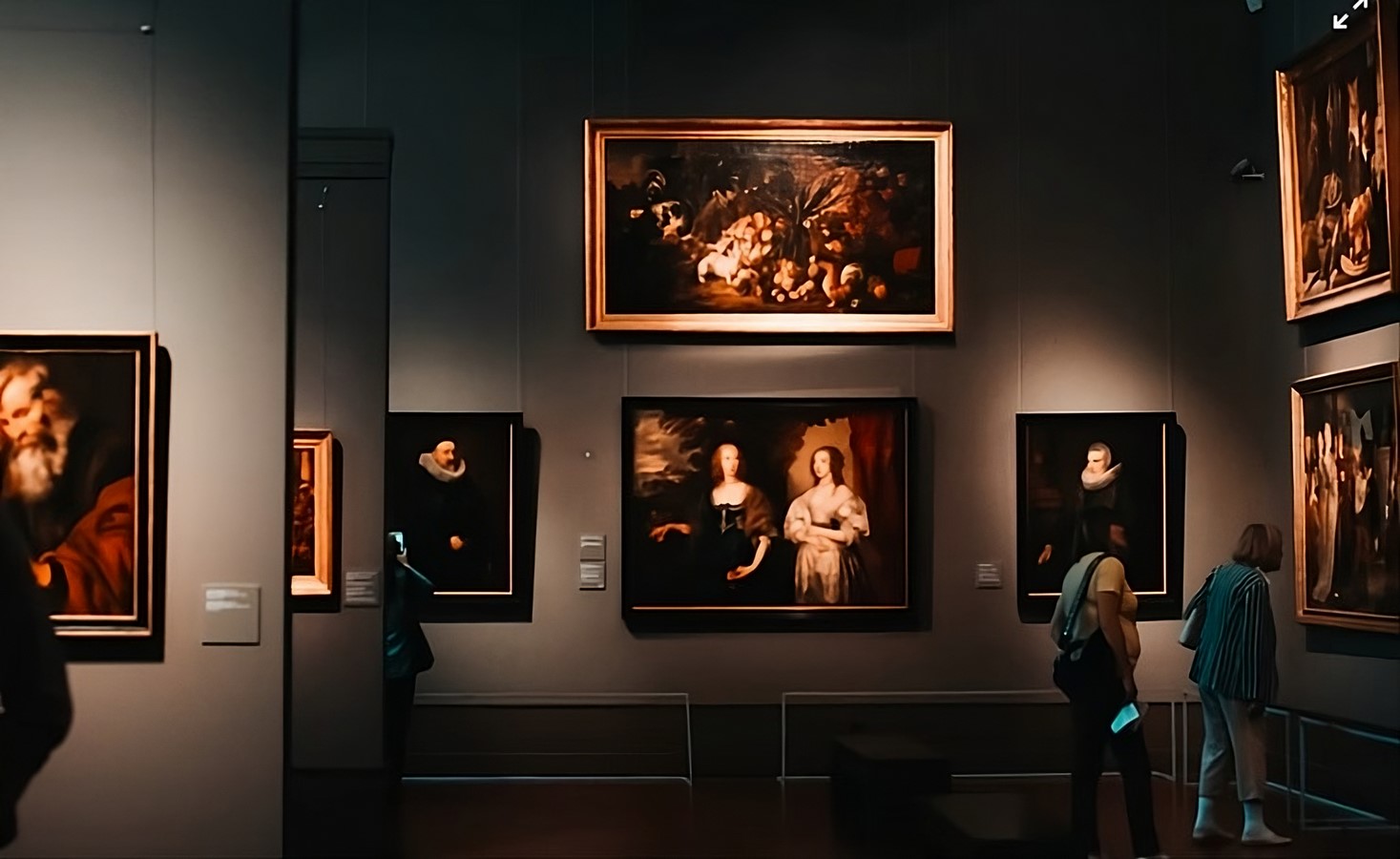
The current state of art markets is characterized by global integration and technological advancements (Spieth, n.d). The ease of communication and transportation has made the art world more interconnected, allowing artworks to transcend geographical boundaries. Moreover, technology has revolutionized the way art is bought and sold, with online platforms and digital marketplaces providing new opportunities for artists and collectors alike.
Origins and Historical Milestones
The history of art markets can be traced back to ancient civilizations, where art served both practical and symbolic purposes. However, the concept of art markets as we know them today began to take shape during the Renaissance period. This era saw the rise of a wealthy merchant class, increased patronage of the arts, and a growing demand for portable art objects. Flanders, Holland, and parts of Italy became hubs for art production and trade during the seventeenth century (Spieth, n.d).
Private dealers played a significant role in facilitating the trade of artworks, acting as intermediaries between artists and buyers. They curated collections and organized exhibitions to attract potential patrons. Additionally, auctions became popular during this time, providing a platform for the public to bid on artworks, thus establishing the secondary art market (Spieth, n.d).
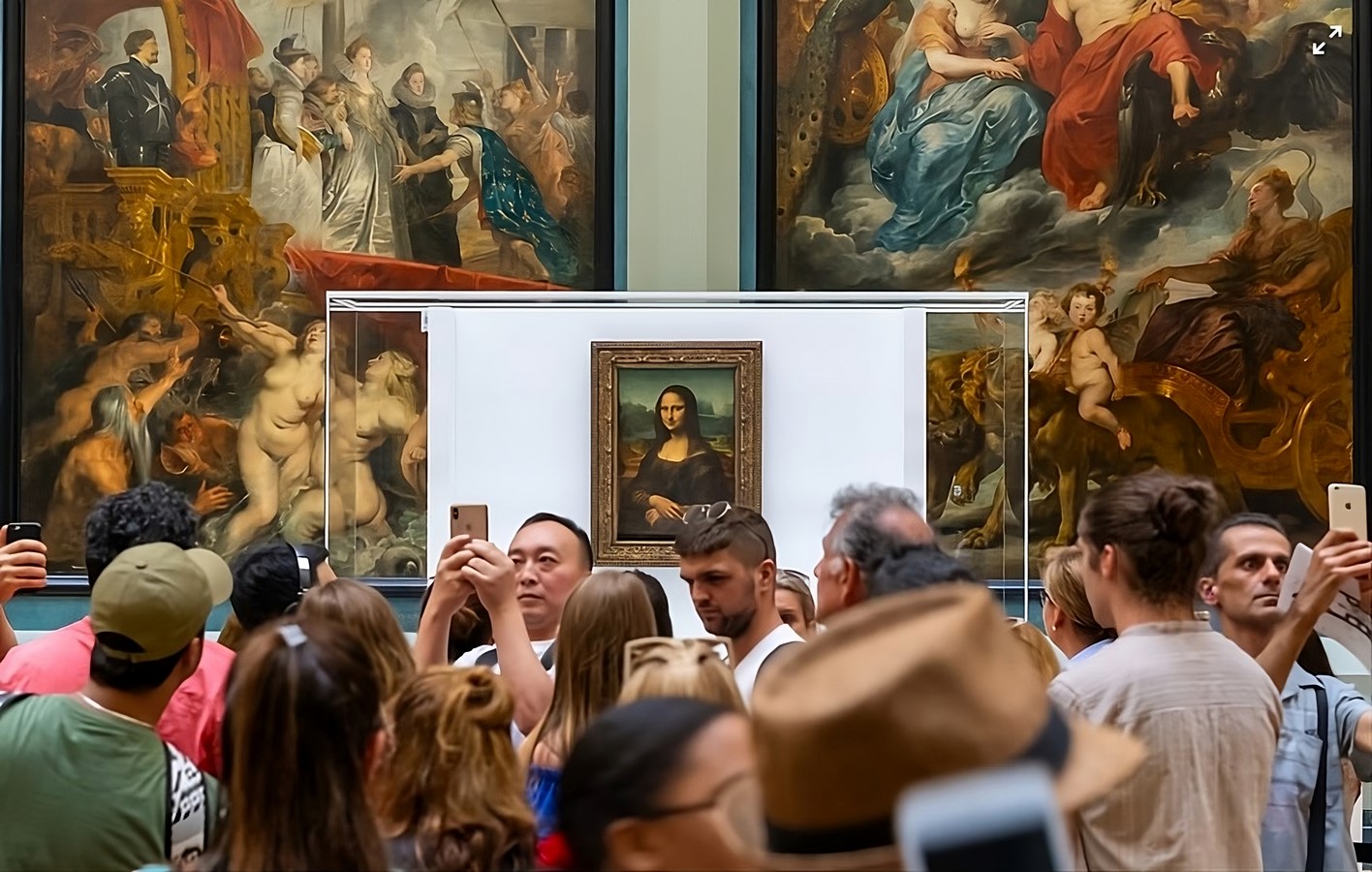
The emergence of art markets during the Renaissance marked a turning point in the history of art. It transformed the perception of art from being solely the domain of the elite to a commodity that could be bought, sold, and traded. This evolution laid the groundwork for the further development and expansion of art markets in the centuries that followed.
The Turning Point: Eighteenth-Century France
The eighteenth century witnessed a significant transformation in art markets, with France taking the lead in pioneering new marketing strategies. Edmé-François Gersaint, a French art dealer, revolutionized the art market by introducing auctions as a means of selling artworks (Spieth, n.d). His innovative approach, such as using lavishly illustrated auction catalogs, transformed auctions into elaborate events, attracting a broader audience beyond the aristocracy (Spieth, n.d).
Gersaint’s auctions became venues of luxury consumption, and they played a crucial role in changing the perception of art auctions. Instead of being seen as mere sales events, auctions became social and cultural gatherings, with buyers vying for prestigious artworks. This shift in perception helped foster a greater appreciation for art as a valuable and desirable asset (Spieth, n.d).
The introduction of auctions as a marketing tool had a profound impact on the art market’s democratization. It allowed a wider range of collectors and buyers to participate in the acquisition of artworks, contributing to the growth and diversification of the market. Additionally, Gersaint’s approach set a precedent for future auction houses and led to the establishment of renowned institutions like Christie’s and Sotheby’s in the following centuries.
The Nineteenth Century: A Period of Expansion
The nineteenth century witnessed a period of rapid expansion in art markets. Living artists’ works were now being sold alongside masterpieces from different historical periods, reflecting a more diverse and inclusive art market (Spieth, n.d). The growth of global trade and colonialism also contributed to the market’s diversification, as art from various regions, such as the Middle East, China, Japan, and Africa, made their way into the market (Spieth, n.d).
During this time, private dealers played a crucial role in challenging traditional art display practices, such as the Parisian Salon. The Salon had been the primary venue for artists to exhibit their works, but private dealers offered alternative spaces for artists to showcase their creations, leading to a more competitive and dynamic art market (Spieth, n.d).
The nineteenth century also marked the rise of art movements that shaped the trajectory of the art market. The Impressionist movement, led by artists like Monet and Cézanne, challenged established artistic norms and found increasing popularity among collectors and buyers. This shift in artistic tastes contributed to the elevation of living artists and the increased value of their works in the market.
The Twentieth Century: A Period of Triumph and Transformation
The twentieth century brought about significant transformations in the art market, largely influenced by two world wars and the emergence of modern and contemporary art (Spieth, n.d). While old masters initially dominated the market, modern aesthetics gained traction with the rise of artists like Picasso, who revolutionized the art world with his groundbreaking work “Demoiselles d’Avignon” (Spieth, n.d).
The avant-garde movement resonated with a broader audience, expanding the demand for works by artists such as Monet, Cézanne, Picasso, and Dalí (Spieth, n.d). This shift in artistic preferences not only impacted the value and desirability of certain artworks but also influenced the dynamics of the art market as a whole.
Furthermore, the twentieth century witnessed the art market’s globalization, with art becoming more interconnected across different regions and cultures. Advancements in technology, particularly the internet, played a vital role in this process, making it easier for collectors and buyers to access information about artworks and participate in auctions from anywhere in the world (Spieth, n.d).
The twenty-first century has continued this trajectory, with art markets experiencing further expansion and transformation due to globalization and technological advancements. Today, the art market has evolved into a vast global industry with a multi-billion dollar turnover, shaped not just by record-breaking sales but also by countless smaller transactions occurring worldwide (Spieth, n.d).
Global Expansion and Technological Influence
The twenty-first century has witnessed a remarkable expansion and interconnection of art markets on a global scale, primarily driven by two significant factors: globalization and technological advancements, particularly the internet (Spieth, n.d). Globalization has led to increased international trade and cultural exchange, facilitating the movement of artworks across borders and enabling collectors and buyers from different regions to participate in the art market (Spieth, n.d). As a result, art markets have become more interconnected, creating a vibrant and dynamic global industry.
Countries like China have experienced a significant boom in their art markets during this period. The rising affluence and growing interest in art among China’s wealthy elite have fueled a robust domestic art market. Additionally, Chinese collectors and investors have actively participated in international auctions and art fairs, contributing to the global expansion of the art market (Spieth, n.d). This increasing involvement of Asian collectors has not only boosted sales but also diversified the types of artworks in demand.
Moreover, the art market has seen some record-breaking transactions in the twenty-first century, capturing the attention of the world. One notable example is the 2017 sale of Leonardo da Vinci’s masterpiece, “Salvator Mundi,” which fetched a staggering $450 million (Spieth, n.d). This sale not only set a new benchmark for art prices but also demonstrated the global reach of the art market, with collectors and bidders from various continents participating in the auction.
Advancements in technology, particularly the internet, have played a transformative role in reshaping the art market in the twenty-first century. The digital revolution has democratized access to art information, allowing collectors and enthusiasts worldwide to explore and learn about artworks without the constraints of physical distance (Spieth, n.d). Online platforms have become invaluable resources for art research, allowing potential buyers to examine high-resolution images, read detailed descriptions, and access historical context and provenance.
The Internet has also facilitated the rise of online art sales and auctions, making the art market more inclusive and accessible. Virtual auctions allow participants from different parts of the world to bid on artworks in real time, eliminating the need for physical presence at auction houses (Spieth, n.d). This shift has broadened the pool of potential buyers, leading to increased competition and often driving up prices.
Moreover, social media has emerged as a powerful tool for artists, galleries, and auction houses to promote their artworks and engage with a global audience (Spieth, n.d). Platforms like Instagram and Twitter have become virtual galleries, enabling artists to showcase their creations and connect with collectors, leading to enhanced exposure and potential sales opportunities.
The rise of digital art has been another significant outcome of technological influence on the art market. Non-fungible tokens (NFTs) have revolutionized the way digital artworks are bought and sold, offering a unique form of ownership and provenance through blockchain technology (Spieth, n.d). NFTs have created a new market for digital artists, providing them with opportunities for recognition and monetization.
The twenty-first century has seen art markets expand globally and become more interconnected, driven by factors such as globalization and advancements in technology, particularly the Internet. Countries like China have witnessed a surge in their art markets while record-breaking transactions have made headlines worldwide. The digital revolution has democratised access to art information and transformed the art market with online sales, auctions, and social media engagement. Additionally, the emergence of NFTs has opened up new opportunities for digital artists. The continued integration of technology and global interconnection promises to shape the future of the art market in exciting and unforeseen ways (Spieth, n.d).
Deconstructing Aesthetic and Economic Value
The art market operates within the framework of economic principles, with supply and demand dynamics being key determinants of pricing and market trends. The demand for art is influenced by various factors, including changing tastes, cultural significance, and the artists’ reputation and influence. As artists gain recognition and their works become more sought after, the demand for their art increases, leading to higher prices in the market.
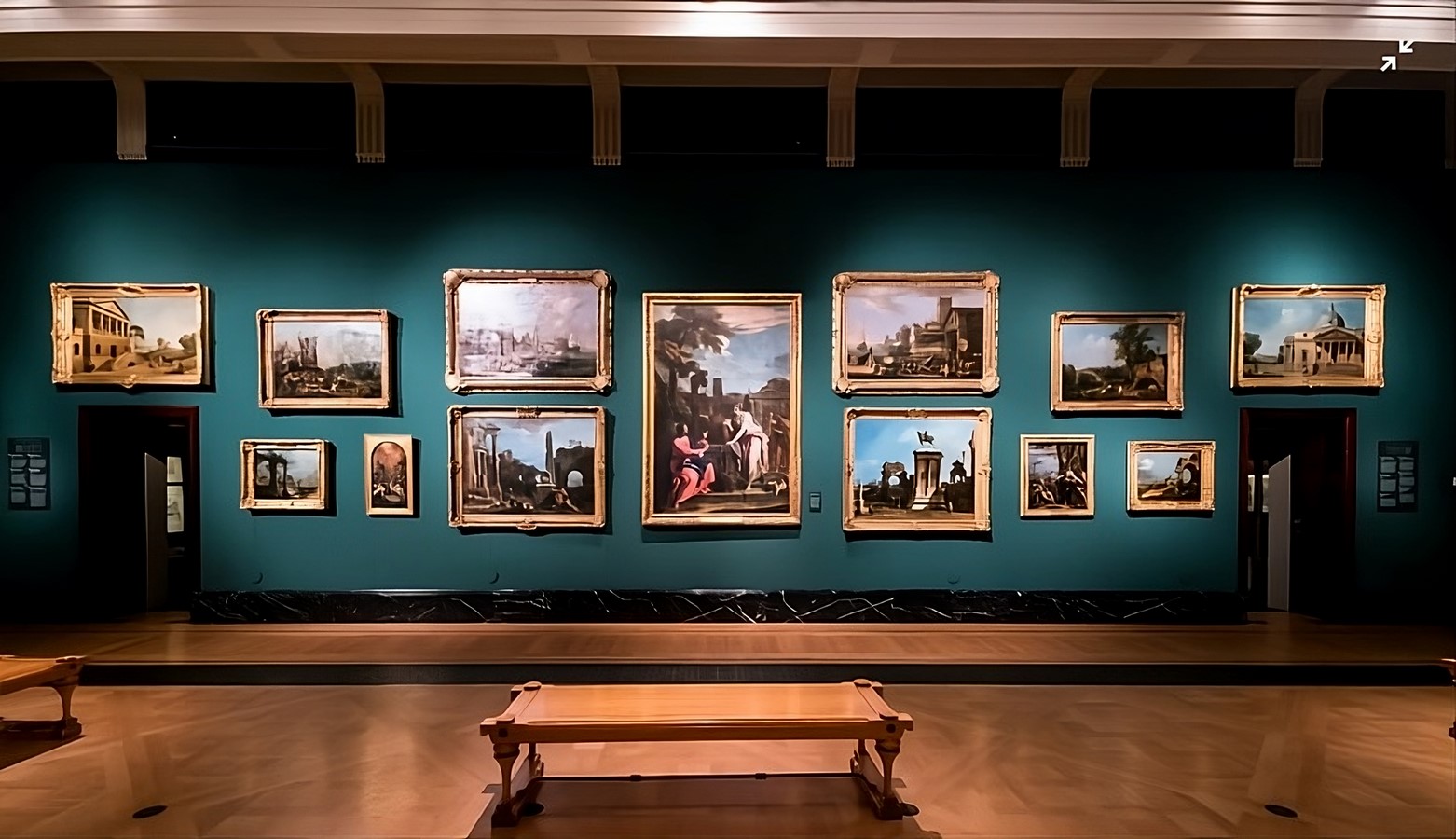
Additionally, economic conditions and investor confidence play a role in shaping the demand for art as an investment asset. During periods of economic prosperity and positive market sentiment, art sales tend to be robust, as investors seek to diversify their portfolios and store value in tangible assets like art. Conversely, economic downturns and uncertainty may lead to a decline in art sales as buyers become cautious about discretionary spending.
The supply of art is influenced by artists’ productivity and the availability of artworks in the market. While artists’ output is a key factor, other considerations, such as the presence of artworks in private collections or estates, also contribute to the supply dynamics. Scarcity of particular artworks or artists can drive up prices, as collectors vie for limited opportunities to acquire coveted pieces.
Valuing art is a complex and subjective process that combines economic principles with aesthetic considerations (Curtis n.d). Artworks are not standardized products, and their value is heavily influenced by factors such as artistic merit, historical significance, and cultural relevance (Curtis n.d).
Art valuation involves various methodologies, including comparative analysis, historical auction records, and the assessment of an artist’s career trajectory (Curtis n.d). Galleries, auction houses, and art experts play crucial roles in determining the value of artworks, as they provide insights into an artwork’s provenance, condition, and significance (Curtis n.d).
Art valuation is not only about determining market prices but also about understanding the context in which an artwork was created and its contribution to the broader art historical narrative (Curtis n.d). The distinction between the intrinsic value of an artwork and its market value is an ongoing debate in the art world, as the latter is influenced by factors beyond the artwork’s inherent qualities (Curtis n.d).
Galleries and auction houses are central players in the art market ecosystem, acting as intermediaries between artists and collectors. Galleries play a pivotal role in nurturing artists’ careers, promoting their artworks, and establishing their reputations in the art world (Curtis n.d). They provide exhibition spaces, organize shows, and connect artists with potential buyers, curators, and critics (Curtis n.d).
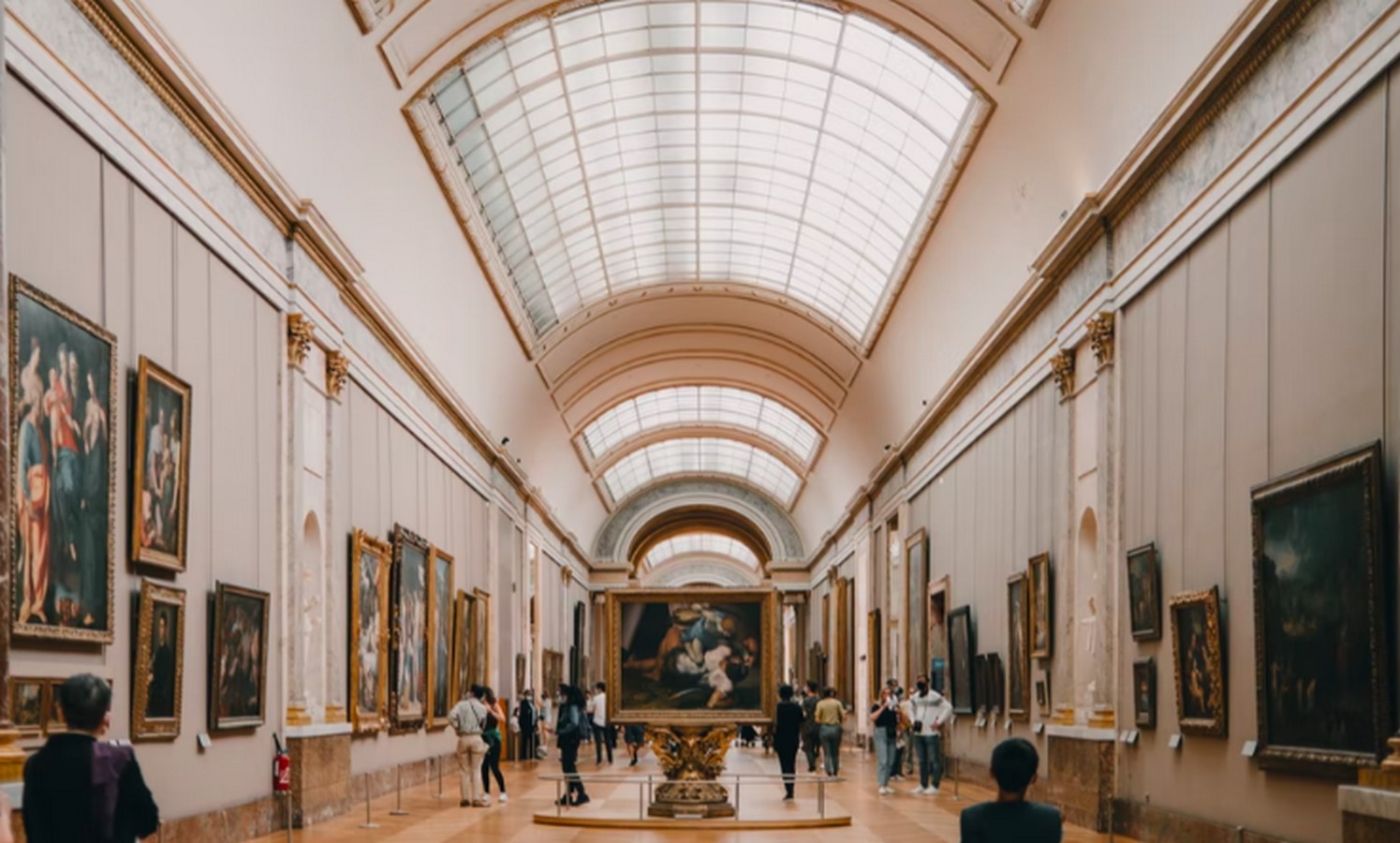
On the other hand, auction houses facilitate public sales of artworks through competitive bidding, offering a transparent platform for price discovery (Curtis n.d). Auctions generate excitement and media attention, attracting a wide range of collectors and investors from around the world. High-profile auctions can lead to record-breaking sales and set new benchmarks for art prices (Curtis n.d).
Auction houses also provide valuable historical data on art sales, which contributes to art market research and valuation (Curtis n.d). The auction records serve as a reference for determining an artwork’s market value and understanding the trends and preferences of collectors and buyers (Curtis n.d).
In the realm of art and culture, the evaluation of artworks has been a longstanding subject of inquiry, with the dichotomy between “good” and “bad” art at the forefront of these discussions (Klamer, 1997). However, recent scholarship challenges the notion of value as an inherent characteristic of objects and emphasizes its discursive nature. This article engages in a conversation between three scholars, Dauid Ruccio, Julie Graham, and Jack Amariglio, who critically examine the interplay of aesthetic and economic value and question the traditional categorization of artworks (Klamer, 1997).

Ruccio opens the discussion by asserting that value is not an intrinsic quality but rather a construct formed through various discourses. Aesthetic judgments, influenced by cultural, social, and historical contexts, shape the perceived worth of artworks (Klamer, 1997).
Similarly, economic value, susceptible to market fluctuations, is subject to the forces of supply and demand (Klamer, 1997).
Graham adds to the conversation, emphasizing that value is not an objective measure but rather a product of discursive choices (Klamer, 1997). She highlights that different value systems coexist, including discourses of non-value, such as the realm of gifts or friendships, where the concept of exchange or economic value does not apply (Klamer, 1997). Thus, understanding value requires recognizing its constructed nature and the influence of diverse perspectives (Klamer, 1997).
Amariglio delves into the complex interaction between economic and aesthetic value, presenting divergent perspectives on this interplay (Klamer, 1997). He acknowledges that for some, economic considerations may appear to taint aesthetic experiences, while others argue that market values reflect superior aesthetic sensibility (Klamer, 1997). The authors collectively challenge the static correlation between these two realms and propose that introducing difference and discursivity can lead to the relativization of both (Klamer, 1997).
The introduction of difference into the discourse of value prompts a reevaluation of traditional notions of “good” and “bad” art. Ruccio, Graham, and Amariglio posit that relativism allows for recognizing diverse aesthetic forms and encourages discussions on the conditions of art production and distribution (Klamer, 1997). This, in turn, may prompt a reallocation of resources, prioritizing communal art production and reshaping the distribution of subsidies (Klamer, 1997).
The prospect of destabilizing existing value systems evokes fear and uncertainty for some, as it challenges established beliefs and norms (Klamer, 1997). Graham suggests that moments of destabilization can reveal the interconnectedness of foundation and prison, wherein stable structures may hinder personal growth (Klamer, 1997). She acknowledges that perspectivism can be both terrifying and liberating, depending on one’s perspective (Klamer, 1997).
The scholars advocate for embracing perspectivism in discussions of value, recognizing the multiplicity of viewpoints and alternative discourses. They assert that privileging certain discourses of value over others restricts the richness of artistic experience. By engaging with different perspectives, the art world can move beyond rigid categorizations and create an inclusive environment that fosters creativity and diversity.
The interconnection between art markets and economics is evident in the dynamics of supply and demand, art valuation processes, and the pivotal roles played by galleries and auction houses. The art market operates within the framework of economic principles, but it is also shaped by subjective factors such as cultural significance, aesthetic appeal, and historical context.
Valuing art is a multifaceted process that involves considering both economic and artistic aspects. The distinction between the intrinsic value of an artwork and its market value underscores the complexity of art valuation.
Galleries and auction houses are instrumental in shaping the art market, fostering artists’ careers, and providing transparent platforms for art sales. Their roles as intermediaries facilitate the exchange of art between artists and collectors, contributing to the vibrancy and diversity of the art market.
References:
Curtis Patrick (n.d), Art Valuation Retrieved 5th August 2023 from
https://www.wallstreetoasis.com/resources/skills/valuation/art-valuation
Klamer, Arjo (Ed.) (1997) : The Value of Culture: On the Relationship between Economics and
Arts, ISBN 978-90-5356-218-5, Amsterdam University Press, Amsterdam, https://doi.org/10.5117/9789053562185
Speith Darius, (n.d) Art Market. Retrieved 3th August 2023 from
https://www.oxfordartonline.com/page/art-markets?


















